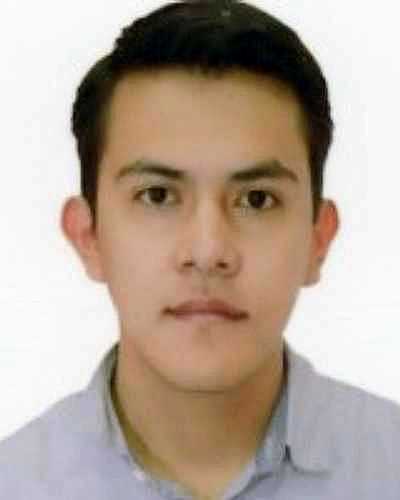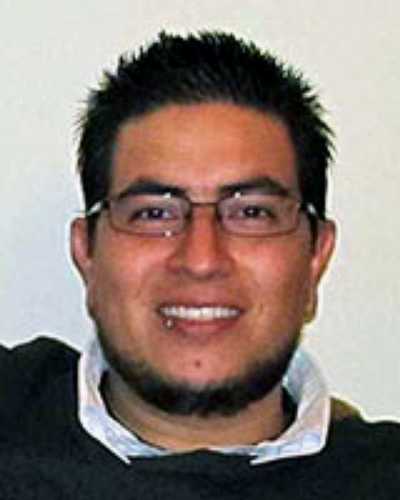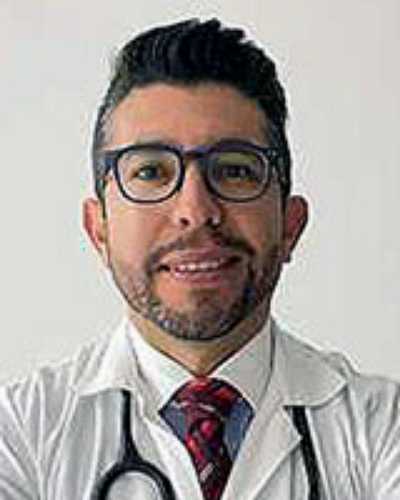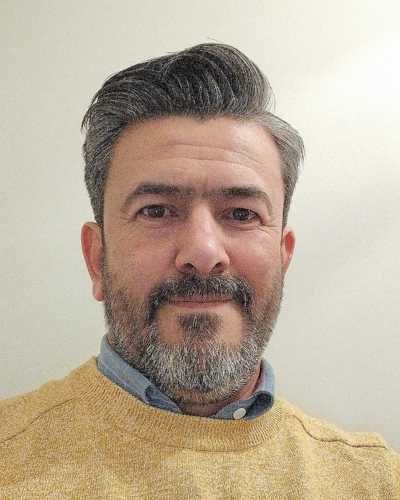Now published, see the full article 
Early Abstract:
Introduction: During the first months of COVID-19 pandemic in Latin America, several countries like Ecuador, Peru or Colombia experienced chaotic scenarios with public health systems collapsed and lack of testing capacity to control the spread of the virus. In main cities like Guayaquil in Ecuador, dramatic situations like body corpses in the streets where internationally broadcasted. However, while COVID-19 pandemic was devastating South America, SARS-CoV-2 transmission was successfully managed at Galapagos Islands due to the implementation of a massive screening strategy combining hospitalized and community dwelling population, and travel restrictions facilitated by its geographical location (972 km far from the Ecuadorian continental territory). For instance, Floreana Island was one of the few locations in the world that remained COVID-19 free during 2020.
Methods: In this study, we retrospectively analyzed the data related to SARS-CoV-2 massive testing campaigns from April to September 2020 in the Galapagos Islands.
Results: Galapagos Islands had the lowest positivity rate in South America (ranging from 4.8 to 6.7%).
Discussion: The low positivity rate in Galapagos Islands was due to the fact that this territory had the highest testing ratio among Ecuadorian provinces (9.87% of the population, meaning 2,480 out of 25,124 inhabitants) during the first wave of COVID-19 pandemic.
Conclusion: This story of success was possible thanks to the inter institutional collaboration between the regional government of Galapagos Islands ("Consejo de Gobierno"), the local authorities ("Gobiernos Autonomos Descentralizados de Santa Cruz, San Cristobal and Isabela"), the regional authorities from Ecuadorian Ministry of Health, the "Agencia de Regulación y Control de la Bioseguridad y Cuarentena para Galápagos" and "Universidad de Las Américas".







